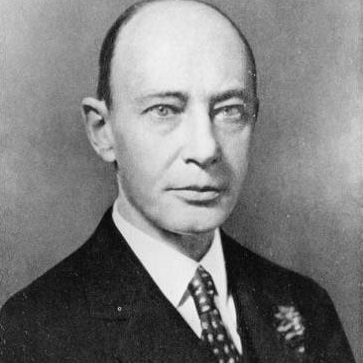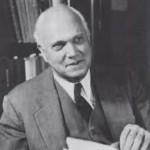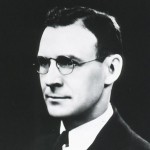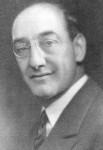![]()
“The idea that something in food might be of advantage to patients with pernicious anemia was in my mind in 1912, when I was a house officer at the Massachusetts General Hospital…”
From his 1934 Nobel Prize address: “Ever since my student days, when I had the opportunity, in my father’s wards at the Massachusetts General Hospital, to distinguish from pernicious anemia two cases of chronic hereditary hemolytic jaundice, I have taken a deep interest in this disease.
I watched many patients pass through relapses and remissions, and observed that, despite treatment with arsenic, blood transfusions, splenectomy, and other procedures, all eventually died. Prolonged observation permitted me to become acquainted with the multiple variations and many aspects of the disease, and to realize that from a few cases it was difficult to determine the effect of therapeutic procedures.
The study of the patients’ diets was begun in 1915 in an attempt to determine if some sort ‘of dietary deficiency could be found. The similarity of certain symptoms and signs of pernicious anemia to those in pellagra, sprue, and beriberi was appreciated, as was the fact that certain sorts of anemia were occasionally associated with a faulty diet.”
Minot won the 1934 Nobel Prize in Physiology or Medicine with George H. Whipple and William P. Murphy.
Source: The Development of Liver Therapy in Pernicious Anemia. Nobel Lecture, December 12, 1934
Full text of Minot’s 1934 Nobel lecture



